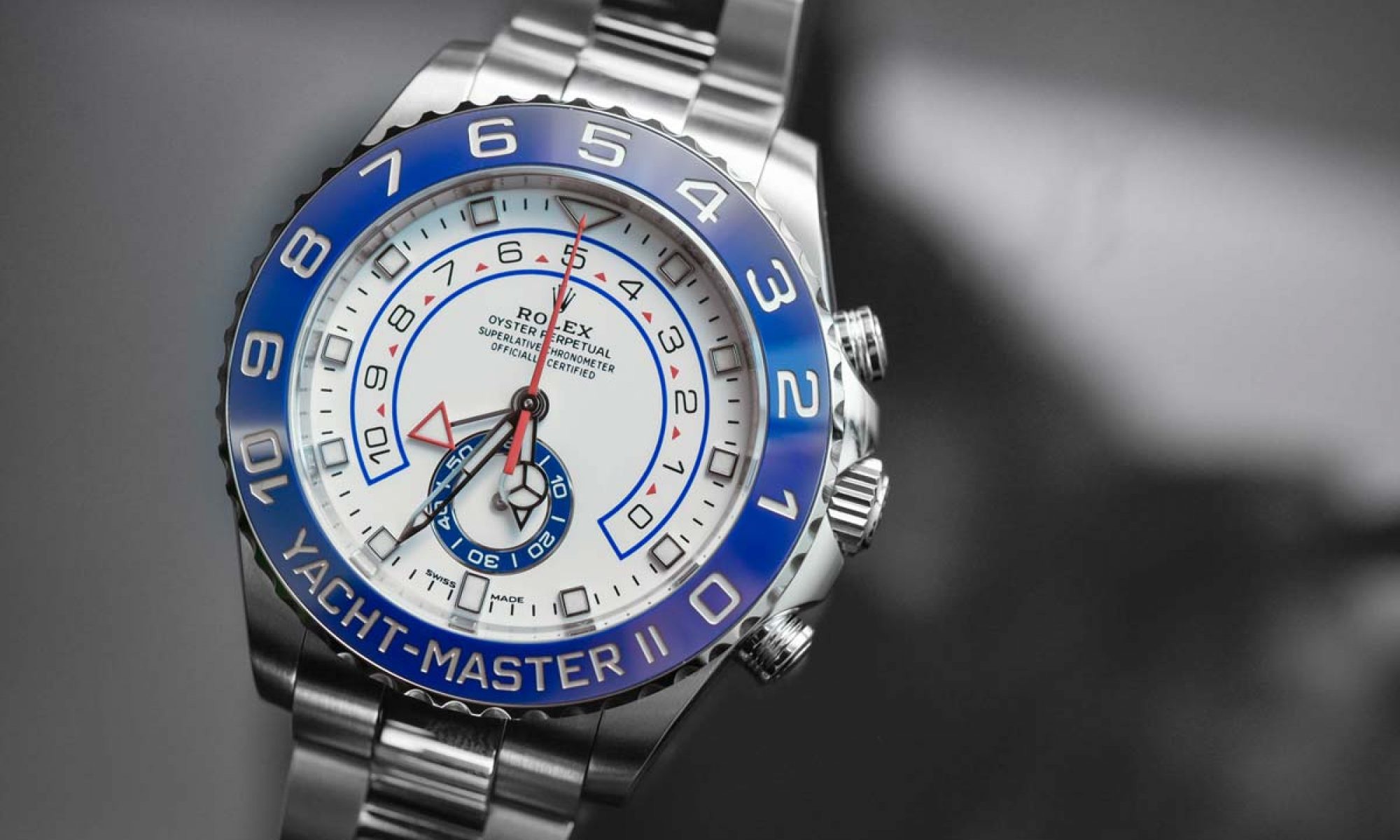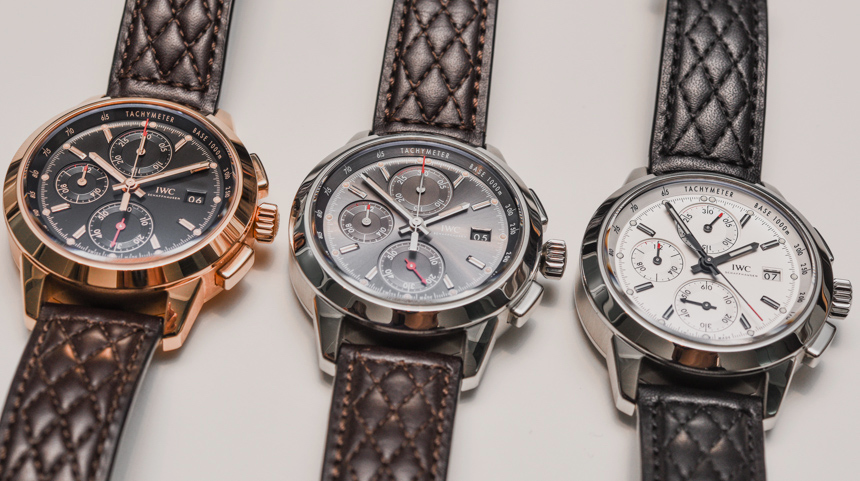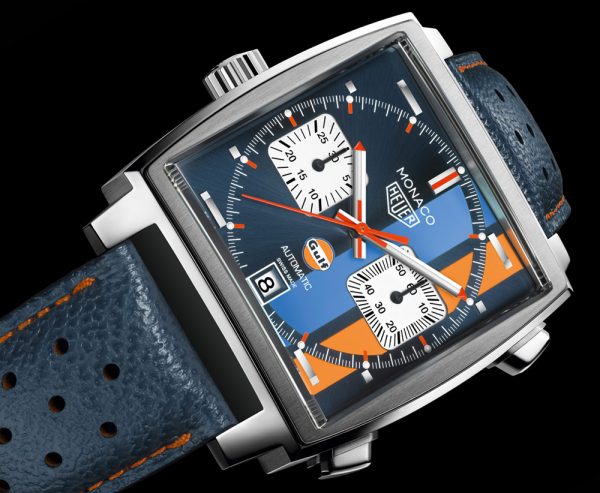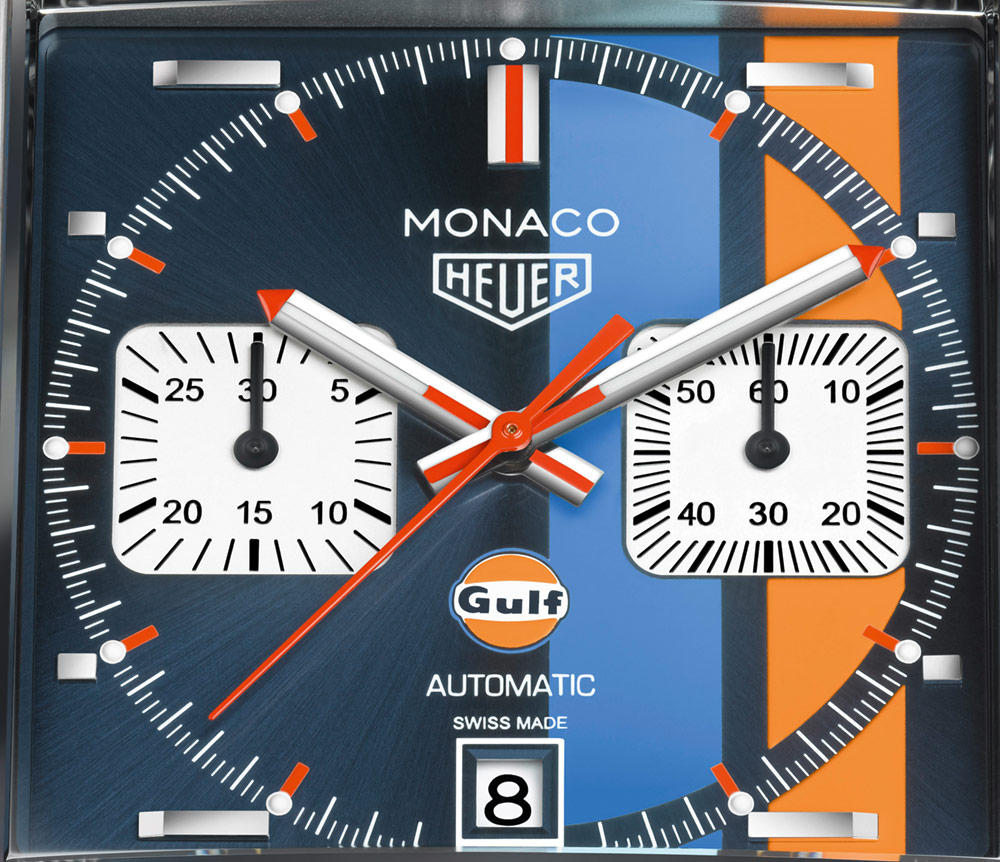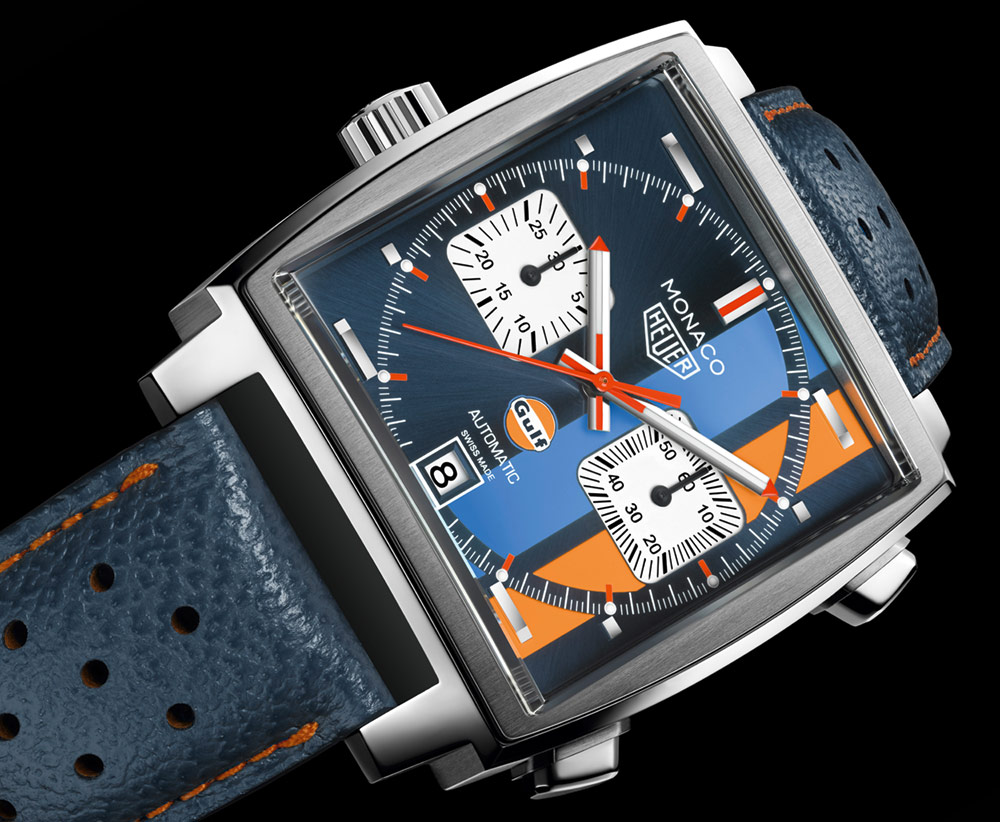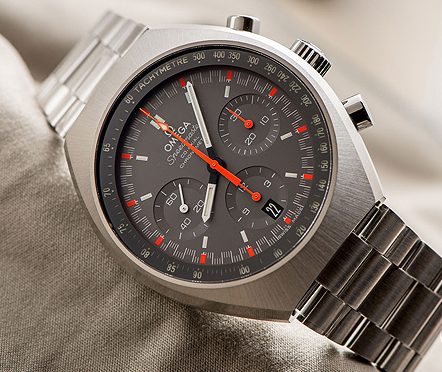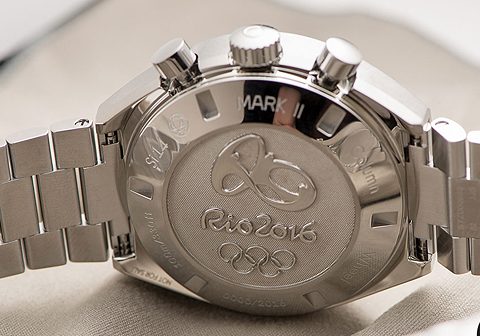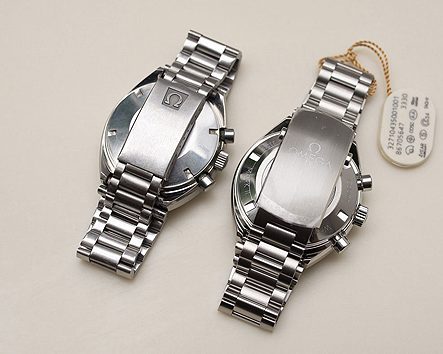The first IWC Ingenieur went on sale some time during the mid-fifties and was designed to be a watch for scientists and technicians. However, the Ingenieur has undergone significant changes in recent years, not just in its design, but also in its purpose. The Ingenieur today is more of sports watch that is targeted at petrolheads and racing enthusiasts, but this trio adopts the more classic case design of pre-Genta models.
To further cement the Ingenieur’s positioning as the petrolhead’s watch of choice, IWC released three new IWC Ingenieur fake watches last year to commemorate the 74th anniversary of the annual Goodwood Member’s Meeting, a weekend-long vintage racing event.
When these three watches were unveiled last year, they also heralded a new look for IWC’s Ingenieur. Gone are the integrated lugs, crown protectors, and angular lines inspired by the earlier Ingenieur watches designed by the legendary Gerald Genta. Instead, the new Ingenieur Chronograph features a more classically-styled and restrained case design that has more in common with the very first Ingenieur watches from the ’50s.
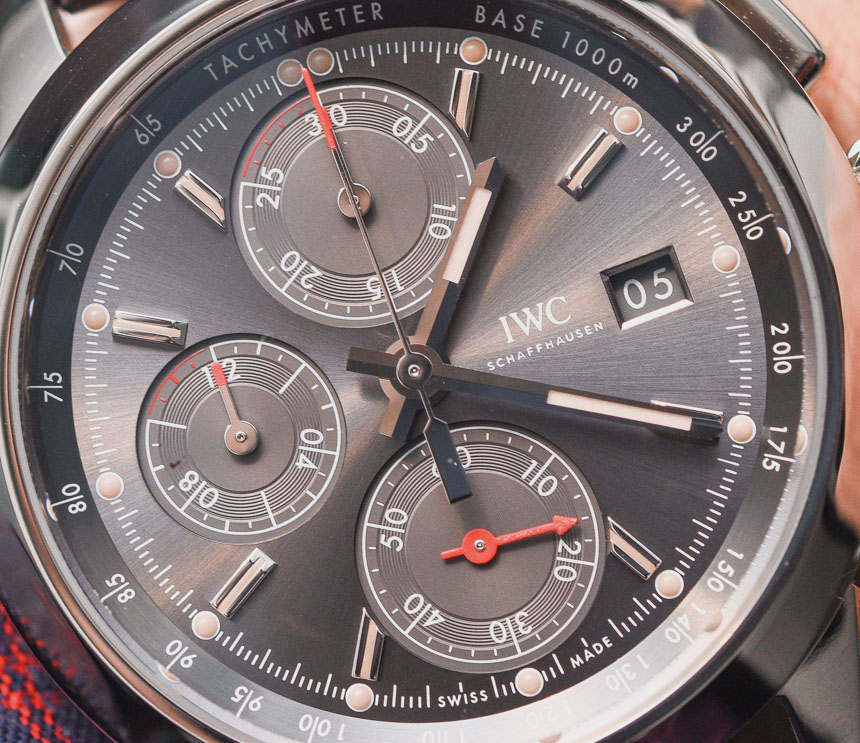
In the past, the Ingenieur was notable for its self-winding movement, which featured the Pellaton winding system as well as its soft iron cage, which could withstand magnetic fields of up to 80,000 A/m. Said to be designed especially for scientists, researchers, and technicians who had to work in highly magnetic environments, it was to IWC what the Milgauss was to Rolex.
Back to these watches. Case diameter is a relatively modest 42mm, which isn’t too large as far as modern watches go. Most sport chronographs tend to be around 44mm and above these days, so the slightly smaller size of IWC Ingenieur copy watches with mechanical movements is bound to delight readers who love more moderately sized watches.
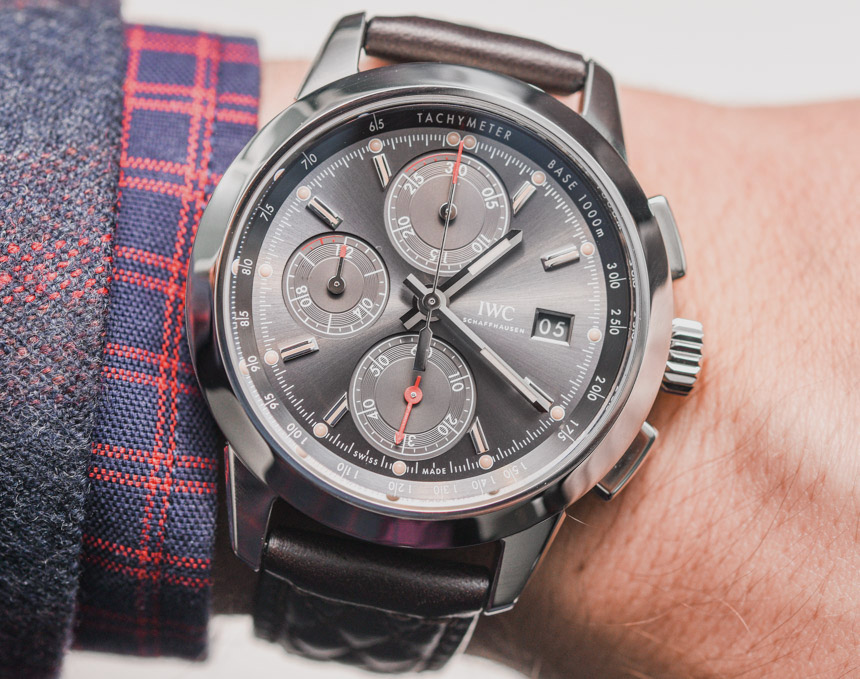
Unfortunately, at slightly over 15mm, the case is still quite thick, a malady that afflicts many modern sport chronographs. On the bright side, this, along with the chunky crown and chronograph pushers, ensures that these special edition Ingenieur Chronograph watches have considerable wrist presence.
On the inside, these decent IWC Ingenieur replica watches will be powered by IWC’s in-house Caliber 69370. This movement was specifically developed to replace the Valjoux 7750 used in entry-level IWC chronograph watches. As a result, the Caliber 69370 shares the same dimensions as the Valjoux 7750, but with two notable improvements. It features a column wheel instead of a basic cam, and has a more efficient winding system.
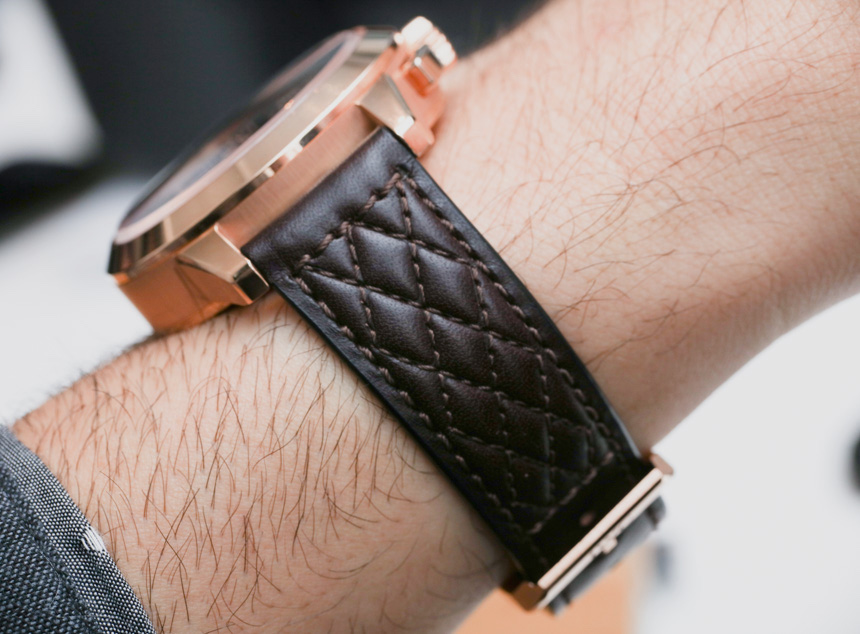
Power reserve is 46 hours and the dial configuration is similar to the Valjoux 7750, with sub-dials at 12, 9, and 6 o’clock as well. The key difference, however, is that the running seconds of the Caliber 69370 is at 6 o’clock rather than 9 o’clock. The movement is nicely finished and can be admired through a sapphire display case back.
